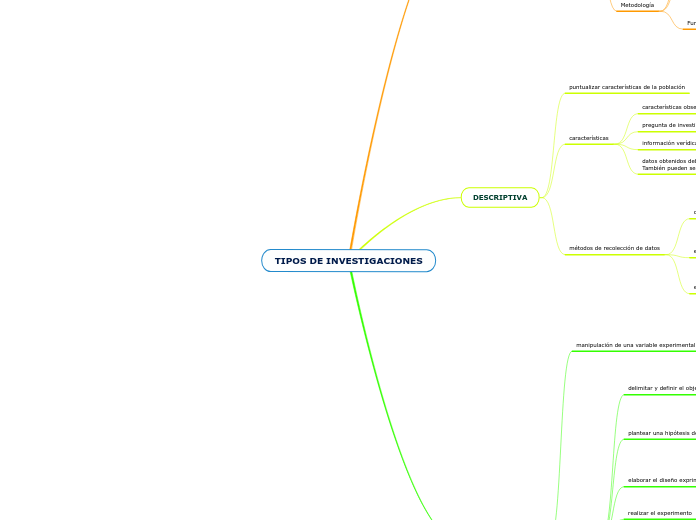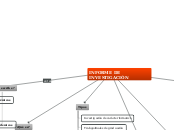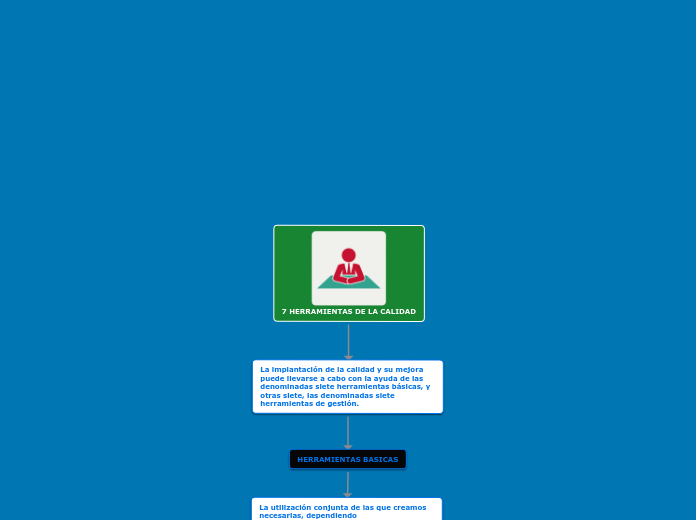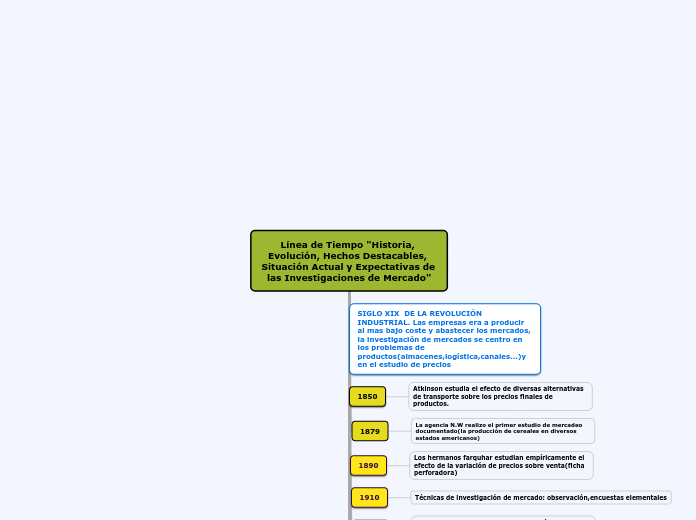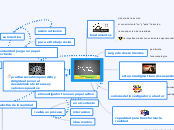TIPOS DE INVESTIGACIONES
To name your story, you have to think about the overall message and what you want your audience to understand from the story. Also, make it relevant and easy to remember.
EXPERIMENTAL
The ending of a story is essential. We all know that if the ending is weak, what happened before loses its importance. So make it unpredictable, but fair. A resolved ending answers all the questions and ties up any loose threads from the plot.
diseños experimentales
cuasiexperimentales
experimentales
preexperimentales
etapas
This is the closure section of the story.
See examples of possible outcomes below:
- all problems have been solved
- it's clear how each one of your characters ends up
- your main character is transformed by the challenge
elaborar un informe por escrito
conclusiones
resultados
procedimiento exprimental
definición del problema
obtener conclusiones
aceptar , rechazar o coincidencia parcial de la hipótesis
criterio científico del investigador
analizar los resultados
relación empírica
discriminar entres dos modelos
confirmar hipótesis
realizar el experimento
detectar anomalías y trazar gráficas
elaborar el diseño exprimental
Try answering these questions in order for you to come up with a closure:
- Have all problems been solved?
- Is it clear what happens with all your characters in the story?
- Has the challenged transformed your main character?
- How do the characters feel in the end?
determinar datos y acoplarlos, experimento de prueba e interpretar tentativamente
señalar el procedimiento (qué, cómo medir)
plantear una hipótesis de trabajo
suposiciones e ideas claras
si es complemento de otro trabajo, se puede usar la hipótesis general
delimitar y definir el objeto de la investigación o problema
Try answering these questions to come up with a closure:
- Have all the problems been solved?
- Is there a clear picture of what happens with each character in the story?
- Has the challenge transformed your main character?
- How do the characters feel in the end?
variables independientes y dependientes
precisión en la medición
objetivos y preguntas
manipulación de una variable experimental no comprobada
This is the moment when the main character surpasses the last obstacle and finally faces their greatest challenge.
The climax usually follows one of these patterns:
- realization
- resolution
- choice
Type in your answer.
controlada a través de variables manipuladas por el investigador
describir la causa de una situación en particular
DESCRIPTIVA
The middle of the story is where you add layers of complications that will lead to the end. Reveal more about the character's journey. Did their personality go through changes? How did they overcome the challenges? And as you build up the story’s central conflict, make it more personal to that character. Also, from the middle act, you have to lead into the final act.
métodos de recolección de datos
There wouldn't be any tension and excitement in your story if there weren't any obstacles in your character's way.
estudio de casos
no usar para determinar la causa y efecto, o generalizaciones, porque no es preciso
posible sesgo o encuestador atípico
análisis profundo y estudio de grupos = amplía el alcance la investigación
encuesta
retroalimentación para la investigación de mercado
equilibrio entre pregunta abiertas y cerradas
observación
cualitativa: mide características naturales y efectivas de los elementos; el investigador observa a los encuestados en el ambiente cómodo
cuantitativa: números y valores, análisis estadísticos y númericos
características
Your character(s) need(s) motivation in order to solve the challenge(s).
datos obtenidos deben ser organizados en un marco teórico. También pueden ser clasificarlos en categorías
información verídica, precisa y sistemática
pregunta de investigación = original y creativa
características observables y verificables
Secondary characters also might have motivs beacuse of which they may cross path with main character or which might trigger them to help the main character.
puntualizar características de la población
Each story has a main character and that character usually needs to solve a problem or challenge. The character's challenge is the one that creates tension throughout the story.
EXPLORATIVA (Formativa)
In the beginning of the story (or the exposition), you will need to introduce the setting and characters. You might also want to introduce the main conflict. This part of the story is important because it gives the reader necessary background information and maybe even a first insight into a character’s personality.
Metodología
Fundamenta investigaciones posteriores
cantidad amplia de datos suministrados = clasificación por categorías
procedimiento indirecto para que las personas no se intimiden
grupos de enfoque (directo): evidencia la intenciones del investigador
investigación cualitativa
Establecer la hipótesis
derivada de las preguntas obtenidas
Identificar el problema
generar preguntas
Tipos
Expertos
formular las preguntas correctas, algunas variables en la recolección de datos,
se obtiene información de forma directa de personas especializadas
Basa en la literatura
La más utilizada, utiliza estadísticas, análisis, datos
Descubre afirmaciones o pruebas existentes por lo que requiere riesgo y paciencia del investigador
Objetivo: desarrollo de la aptitud del investigador
Flexibilidad en la metodología aplicada
sirve de fundamento a otras investigaciones
Referencia general de la temática, a menudo desconocida
Characters are essential to a good story. Usually, the protagonist(s) is/are the most affected by the plot. Introduce a character by focusing on their actions, interests, and occupation, as the physical appearance doesn't make a difference in most cases.
Orientada al nivel de conocimientos
Type in the name of your character.
histórica
cualitativa
cuantitativa
